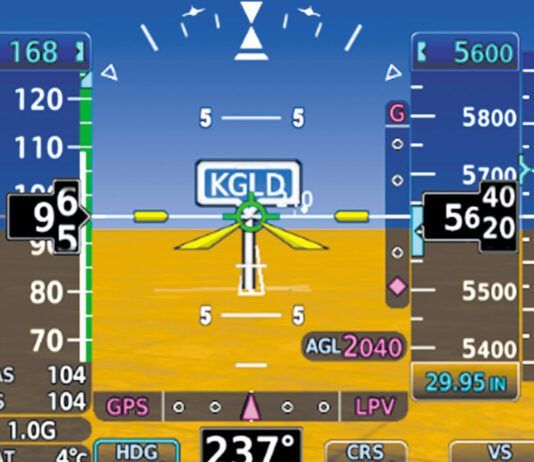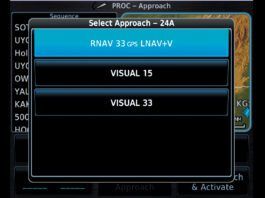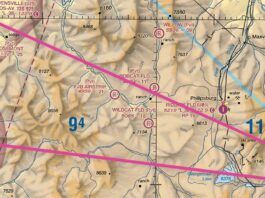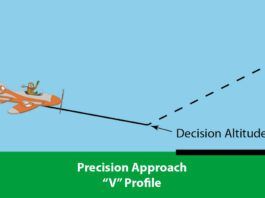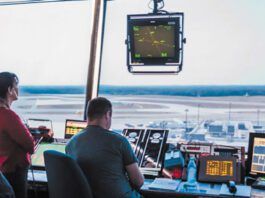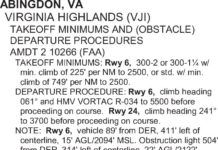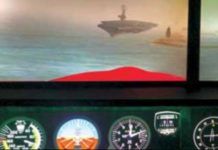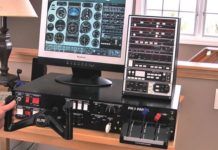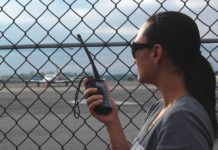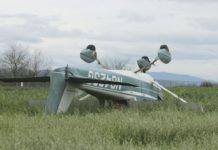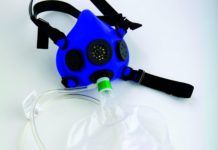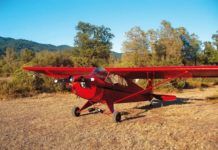Readback: April 2015
I see a lot of confusion between the terms VFR and VMC (as well as IFR and IMC). VMC and VFR are often used interchangeably, in fact.To me, VFR and VMC are in fact not the same because VFR refers to a set of rules that govern flight (visual flight rules), which includes airspace and so on. There are certain weather minimums to operate VFR. However, VMC can be interpreted as conditions that allow you to keep the plane upright by looking outside. You can be VMC but in VFR weather by simply being 1500 feet away from a cloud.However, while I could find VFR and IFR defined in FAR/AIM, I couldnt find anything for VMC. Are you aware of any FAA guidance on this?
GA Takeoff Minimums
Many sharp instrument students and pilots, when asked what items must be considered for an IFR departure, go confidently to Section L of the Terminal Procedures Publication, TPP, and talk about the Obstacle Departure Procedures, ODPs. This makes me confident theyre on the right track. But many will then either gloss over or improvise their way through the section on takeoff minimums. This information looks important, with restrictive numbers and climb gradients in it. Many CFIIs, though, just teach that it doesnt matter at this stage. True enough, but knowing a little about them can help us make better departure decisions.
Calling For Help
Flight is a study in contrasts, well beyond the obvious thrust versus drag equation. A brilliant blue sky rife with possibilities and adventure can quickly turn woefully lonely when your aircraft or the people in it are in distress. No good pilot intends for an emergency to happen. Each item on an aircraft checklist, every scan of an instrument and every word of a briefing is one more brick in the wall fending off a potential crisis. Still, even if you followed every procedure perfectly, basic human error, mechanical failure or plain bad luck can plunk you in the deep end of the pool.When youre in the midst of a devolving situation, perhaps youll hear mental echoes of your flight instructors voice. Rely on your training. Go through your checklists. Keep a cool head and resolve the problem to the best of your ability. Whats the most important thing after flying the airplane? Remembering youre not alone up there. Air traffic control has resources at its disposal that can help you put it down safely, and theyre just a radio call away.
Bag of Tricks
Teaching teaches the teacher. Ive got over 4000 hours total time and of that over 3000 hours teaching instruments. In that time, my students have taught me quite a bit and Ive picked up a few tricks on my own. Heres a compendium of helpful little tips and tricks.
Briefing: March 2015
Diamond Aircrafts single-engine turboprop prototype completed its maiden flight in January, in Austria. The DA50-JP7 seats seven and is powered by a fuel-efficient Ukrainian-built 465 hp AI-450S engine. Diamond plans to also offer a Tundra version of the aircraft, featuring beefed-up wheels and landing gear. Certification is expected in the second half of 2016. Also in January, Nextant Aerospace announced the first test flight of its remanufactured G90XT design. The project, which launched about a year ago, matches a refurbished King Air C90A with the new GE H75 engine, a Garmin G1000 cockpit, electronic engine controls, dual-zone air conditioning, and many more upgrades. Certification and first delivery are expected in the second quarter of this year.
Readback: March 2015
Have any other nitpickers written about the illustration on page 15 of your November 2014 issue accompanying the Simulators Are Not Airplanes sidebar? The author of the very good article writes about how we developed our own VOR approach to a carrier in San Francisco Bay. And the illustration shows a small plane at 200 feet and 75 knots airspeed, headed straight for a carrier deck, apparently on final approach.
Proficiency in Pieces 2.5
Previously, Ive described a practice of regular recurrent training in two articles: Proficiency in Pieces, in the July 2007 issue of IFR, and its follow-up, Proficiency in Pieces 2.0 in April, 2012. This program is a simulator-based recurrent training program in which you specify the minimums to which you want to train, and then design a specific training program tailored to your exact requirements, while assuring that your target performance meets or exceeds that prescribed in the regulations for your flying-Part 91 or even Part 135.
Im now writing about Proficiency in Pieces for a third time, partly to re-emphasize the idea. It has worked very well for me and others I know. More importantly, I want to fully stress what I have found to be, for me, a cornerstone of it that is missing in articles by others about their approach to personal sim training-the use of a qualified instructor to conduct the training.
Im now writing about Proficiency in Pieces for a third time, partly to re-emphasize the idea. It has worked very well for me and others I know. More importantly, I want to fully stress what I have found to be, for me, a cornerstone of it that is missing in articles by others about their approach to personal sim training-the use of a qualified instructor to conduct the training.
Listen Up
Talking on the radio is, of course, only half of the equation. It goes without saying that if youre flying in new airspace and into a new airport, youve got to be actively listening for your call sign and related instructions. What may not be so obvious is maintaining that same level of attentiveness when youre flying in your own backyard.
I got a perfect illustration of this just a few weeks ago on a pretty VFR morning. I was training a new controller on Ground. We had a pair of aircraft waiting to cross the active runway: Piper Meridian 45J at Hotel, and Lear Jet 86C much further down the runway, holding short at Bravo. The Lear driver was a local, who flew out of our airport nearly every day.
I got a perfect illustration of this just a few weeks ago on a pretty VFR morning. I was training a new controller on Ground. We had a pair of aircraft waiting to cross the active runway: Piper Meridian 45J at Hotel, and Lear Jet 86C much further down the runway, holding short at Bravo. The Lear driver was a local, who flew out of our airport nearly every day.
Loud, Clear, No Fear
Our main airport has several flight schools and they keep us air traffic controllers quite busy. Its easy to tell when they get a new batch of students-those first radio calls for VFR clearances and eventual taxi and takeoff are usually halting, uncertain affairs, dragging on as students parrot their instructors without truly understanding the lingo. It can be almost as painful for us as for the student.
Clumsy as those first steps may be, the subsequent journey will hopefully lead each student to true proficiency on the radios. Its not an easy road at times, especially once each advances into instrument training. The amount of radio communication and multitasking may be overwhelming at first.
Clumsy as those first steps may be, the subsequent journey will hopefully lead each student to true proficiency on the radios. Its not an easy road at times, especially once each advances into instrument training. The amount of radio communication and multitasking may be overwhelming at first.
Why Paranoia is Good for Your Longevity
Three days before Christmas in 1994 a Westwind landed in La Verne, Calif., east of Los Angeles, to drop off the mother of brothers who ran In-and-Out Burgers, a popular fast-food chain in California. They had been on a family trip and had their hunting gear on board. The Westwind took off for John Wayne Airport, a short ride south from La Verne. It crashed on short final to Runway 19R, diving vertically into a parking lot near the airport. It exploded and shot off ammunition in all directions. It had encountered a Boeing 757 wake.
Readback: February 2015
I read with interest and obvious necessity for possible future application, your article on hypoxia, Get Your Mask On, in December, 2014.I fly a Malibu Mirage PA 46. Ive had several decompressions in the low 20s that were attributed to squat switch/pressure switch failures. Ive now added another immediate action to pressurization problems:
Advanced Basic Training
Even as a kid, I recognized the hyperbole in the old clich about my elders having it tough, walking to school two miles through heavy snow-uphill in both directions. So any time I start down the path of When I was younger… something inside me clicks and I quickly change gears. Until now.

